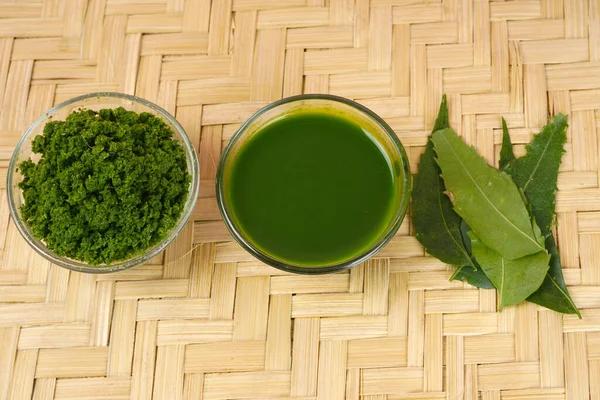Kratom Plants: How to Grow Your Own Kratom
Kratom, a tropical tree native to Southeast Asia, has gained popularity in recent years for its potential medicinal benefits. Many people use kratom leaves to relieve pain, boost energy levels, and improve mood. While it is legal in most parts of the world, the availability of high-quality kratom products can be limited. For those who want to ensure the purity and potency of their kratom supply, growing their own plants at home may be an appealing option.
Growing your own kratom plants can be a rewarding experience that allows you to have a steady supply of fresh leaves whenever you need them. However, it’s important to note that kratom trees require specific conditions to thrive. Here are some tips on how to grow your own kratom successfully.
First and foremost, you will need to obtain kratom seeds or cuttings from a reputable source. Kratom seeds are notoriously difficult to germinate, so many growers prefer using cuttings from mature trees instead. Look for healthy and disease-free plants with strong roots when selecting your cuttings.
Once you have your seeds or cuttings, it’s time to prepare the soil for planting. Kratom trees prefer well-draining soil that is rich in organic matter. A mix of peat moss Happy Go Leafy and perlite works well for this purpose. Make sure the soil pH is between 5.5 and 6.5 for optimal growth.
Next, choose a location that receives plenty of sunlight but also offers protection from strong winds and extreme temperatures. Kratom trees thrive in warm and humid environments similar to their native habitat in Southeast Asia.
Watering is another crucial aspect of caring for your kratom plants. Keep the soil consistently moist but not waterlogged by watering regularly with room-temperature water. Avoid letting the soil dry out completely between waterings as this can stress the plant.
Fertilizing your kratom plants every few weeks during the growing season can help promote healthy growth and leaf production. Use a balanced fertilizer with equal parts nitrogen, phosphorus, and potassium for best results.
As your kratom plant grows, consider pruning it occasionally to encourage branching and bushier growth patterns. This will help increase leaf production over time.
With patience and proper care, you can enjoy harvesting fresh kratom leaves from your very own plants within a few years’ time. Remember that growing kratom requires dedication and attention to detail but can be incredibly rewarding for those willing to put in the effort.

